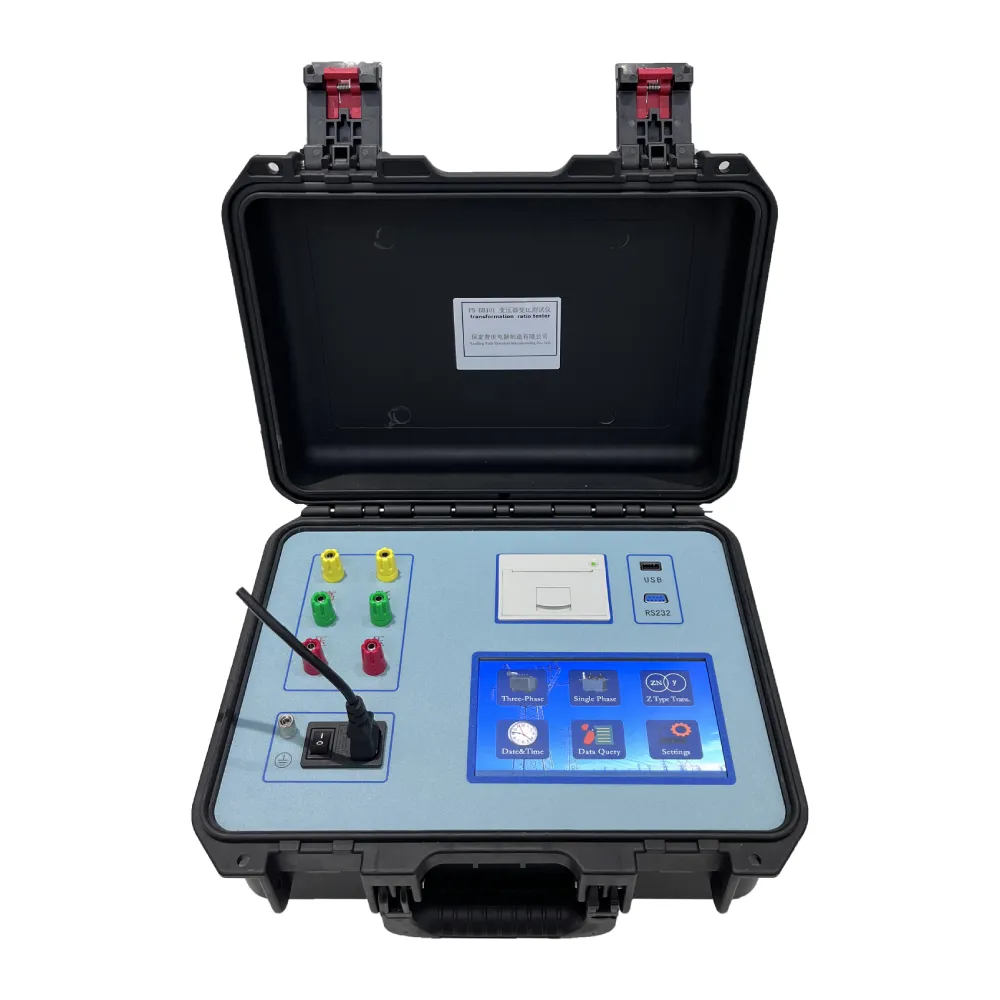 English
English



-
 Afrikaans
Afrikaans -
 Albanian
Albanian -
 Amharic
Amharic -
 Arabic
Arabic -
 Armenian
Armenian -
 Azerbaijani
Azerbaijani -
 Basque
Basque -
 Belarusian
Belarusian -
 Bengali
Bengali -
 Bosnian
Bosnian -
 Bulgarian
Bulgarian -
 Catalan
Catalan -
 Cebuano
Cebuano -
 China
China -
 China (Taiwan)
China (Taiwan) -
 Corsican
Corsican -
 Croatian
Croatian -
 Czech
Czech -
 Danish
Danish -
 Dutch
Dutch -
 English
English -
 Esperanto
Esperanto -
 Estonian
Estonian -
 Finnish
Finnish -
 French
French -
 Frisian
Frisian -
 Galician
Galician -
 Georgian
Georgian -
 German
German -
 Greek
Greek -
 Gujarati
Gujarati -
 Haitian Creole
Haitian Creole -
 hausa
hausa -
 hawaiian
hawaiian -
 Hebrew
Hebrew -
 Hindi
Hindi -
 Miao
Miao -
 Hungarian
Hungarian -
 Icelandic
Icelandic -
 igbo
igbo -
 Indonesian
Indonesian -
 irish
irish -
 Italian
Italian -
 Japanese
Japanese -
 Javanese
Javanese -
 Kannada
Kannada -
 kazakh
kazakh -
 Khmer
Khmer -
 Rwandese
Rwandese -
 Korean
Korean -
 Kurdish
Kurdish -
 Kyrgyz
Kyrgyz -
 Lao
Lao -
 Latin
Latin -
 Latvian
Latvian -
 Lithuanian
Lithuanian -
 Luxembourgish
Luxembourgish -
 Macedonian
Macedonian -
 Malgashi
Malgashi -
 Malay
Malay -
 Malayalam
Malayalam -
 Maltese
Maltese -
 Maori
Maori -
 Marathi
Marathi -
 Mongolian
Mongolian -
 Myanmar
Myanmar -
 Nepali
Nepali -
 Norwegian
Norwegian -
 Norwegian
Norwegian -
 Occitan
Occitan -
 Pashto
Pashto -
 Persian
Persian -
 Polish
Polish -
 Portuguese
Portuguese -
 Punjabi
Punjabi -
 Romanian
Romanian -
 Russian
Russian -
 Samoan
Samoan -
 Scottish Gaelic
Scottish Gaelic -
 Serbian
Serbian -
 Sesotho
Sesotho -
 Shona
Shona -
 Sindhi
Sindhi -
 Sinhala
Sinhala -
 Slovak
Slovak -
 Slovenian
Slovenian -
 Somali
Somali -
 Spanish
Spanish -
 Sundanese
Sundanese -
 Swahili
Swahili -
 Swedish
Swedish -
 Tagalog
Tagalog -
 Tajik
Tajik -
 Tamil
Tamil -
 Tatar
Tatar -
 Telugu
Telugu -
 Thai
Thai -
 Turkish
Turkish -
 Turkmen
Turkmen -
 Ukrainian
Ukrainian -
 Urdu
Urdu -
 Uighur
Uighur -
 Uzbek
Uzbek -
 Vietnamese
Vietnamese -
 Welsh
Welsh -
 Bantu
Bantu -
 Yiddish
Yiddish -
 Yoruba
Yoruba -
 Zulu
Zulu
titration machine
The Role of Titration Machines in Modern Laboratories
Titration is a fundamental analytical technique widely used in chemistry to determine the concentration of a solute in a solution. As industries and laboratories evolve, the development of titration machines has revolutionized the way this process is conducted, introducing automation, precision, and efficiency that were previously unattainable.
One of the primary advantages of using titration machines is their ability to precisely measure the volume of titrant required to react with the analyte in a solution. Traditional manual titration depends heavily on the skill of the operator, which can lead to variability and human error. In contrast, titration machines are equipped with advanced sensors and automated pumps that allow for consistent and reproducible results. This precision is essential in industries such as pharmaceuticals, food and beverage, and environmental testing, where accuracy can impact product quality and safety.
Moreover, titration machines can handle multiple samples simultaneously, significantly increasing throughput. In a typical laboratory setting, performing titrations manually can be a time-consuming process, particularly if many samples need to be analyzed. Automated titration systems can conduct several analyses in parallel, which not only saves time but also enhances productivity. This is especially beneficial for research laboratories and quality control departments that require rapid and reliable data to make informed decisions.
titration machine

Another significant improvement brought by titration machines is data management. Modern devices are often equipped with software that allows for data logging, analysis, and reporting. This integration plays a crucial role in maintaining compliance with regulatory standards, particularly in industries such as pharmaceuticals where documentation and traceability are essential. The ability to store and retrieve data electronically minimizes the risk of data loss and facilitates easier auditing processes.
Additionally, titration machines can perform various types of titrations, including acid-base, redox, complexometric, and precipitation titrations. This versatility allows laboratories to address a wide range of analytical needs with a single piece of equipment. For instance, in a laboratory that tests water quality, a titration machine can be used to determine the concentrations of various ions, such as calcium, magnesium, and chlorine, providing comprehensive data for water treatment processes.
Another critical aspect is the user-friendly interface of many modern titration machines. With touchscreen controls and intuitive menus, even those who may not have extensive experience in titration can operate these systems with ease. This democratization of technology helps to streamline training and improves the overall efficiency of laboratory operations.
In conclusion, titration machines have become indispensable tools in modern laboratories, enhancing precision, efficiency, and data management in the titration process. As technology continues to advance, we can expect further innovations in this field, potentially leading to even more sophisticated systems that integrate artificial intelligence and machine learning for predictive analytics. The continuous evolution of titration technology promises to support industries in delivering high-quality products while meeting stringent regulatory standards. Ultimately, these machines not only facilitate compliance and enhance productivity but also contribute to advancements in scientific research and the development of new materials and products.
-
Testing Equipment Industry Sees Major Advancements in 2025: Smart & Precision Technologies Lead the WayNewsJun.06,2025
-
Applications of Direct Current Generators in Renewable Energy SystemsNewsJun.05,2025
-
Hipot Tester Calibration and Accuracy GuidelinesNewsJun.05,2025
-
Digital Circuit Breaker Analyzer Features and BenefitsNewsJun.05,2025
-
Benefits of Real-Time Power Quality Monitoring Devices for Industrial EfficiencyNewsJun.05,2025
-
Earth Fault Loop Testing in High-Rise Building Electrical SystemsNewsJun.05,2025



